| Structure | Name/CAS No. | Articles |
|---|---|---|
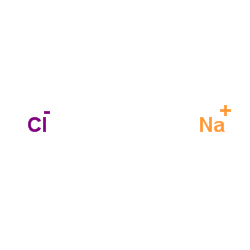 |
sodium chloride
CAS:7647-14-5 |
|
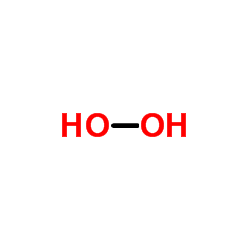 |
Hydrogen peroxide
CAS:7722-84-1 |
|
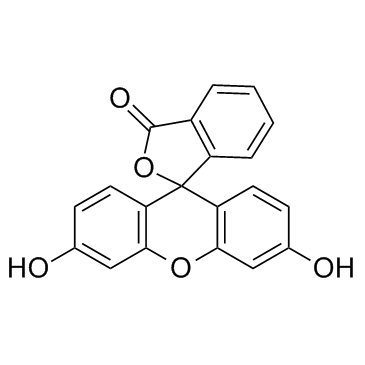 |
Fluorescein
CAS:2321-07-5 |
|
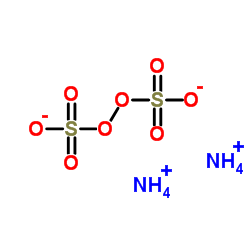 |
ammonium persulfate
CAS:7727-54-0 |
|
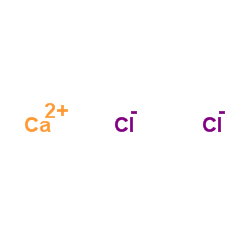 |
Calcium chloride
CAS:10043-52-4 |
|
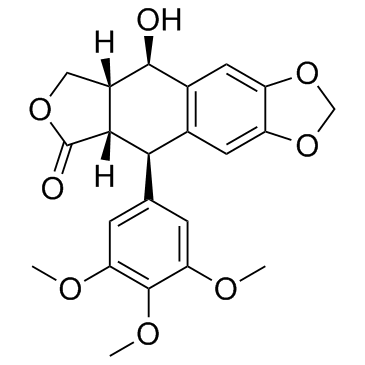 |
Picropodophyllotoxin
CAS:477-47-4 |
|
 |
SODIUM CHLORIDE-35 CL
CAS:20510-55-8 |
|
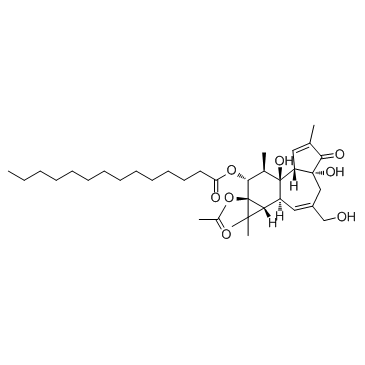 |
12-O-tetradecanoylphorbol-13-acetate
CAS:16561-29-8 |
|
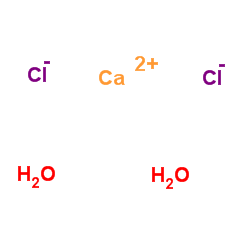 |
calcium chloride dihydrate
CAS:10035-04-8 |
|
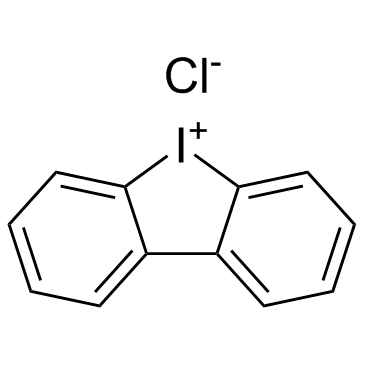 |
Diphenyleneiodonium chloride
CAS:4673-26-1 |